Moving Plumeria Plants : How And When To Move A Plumeria
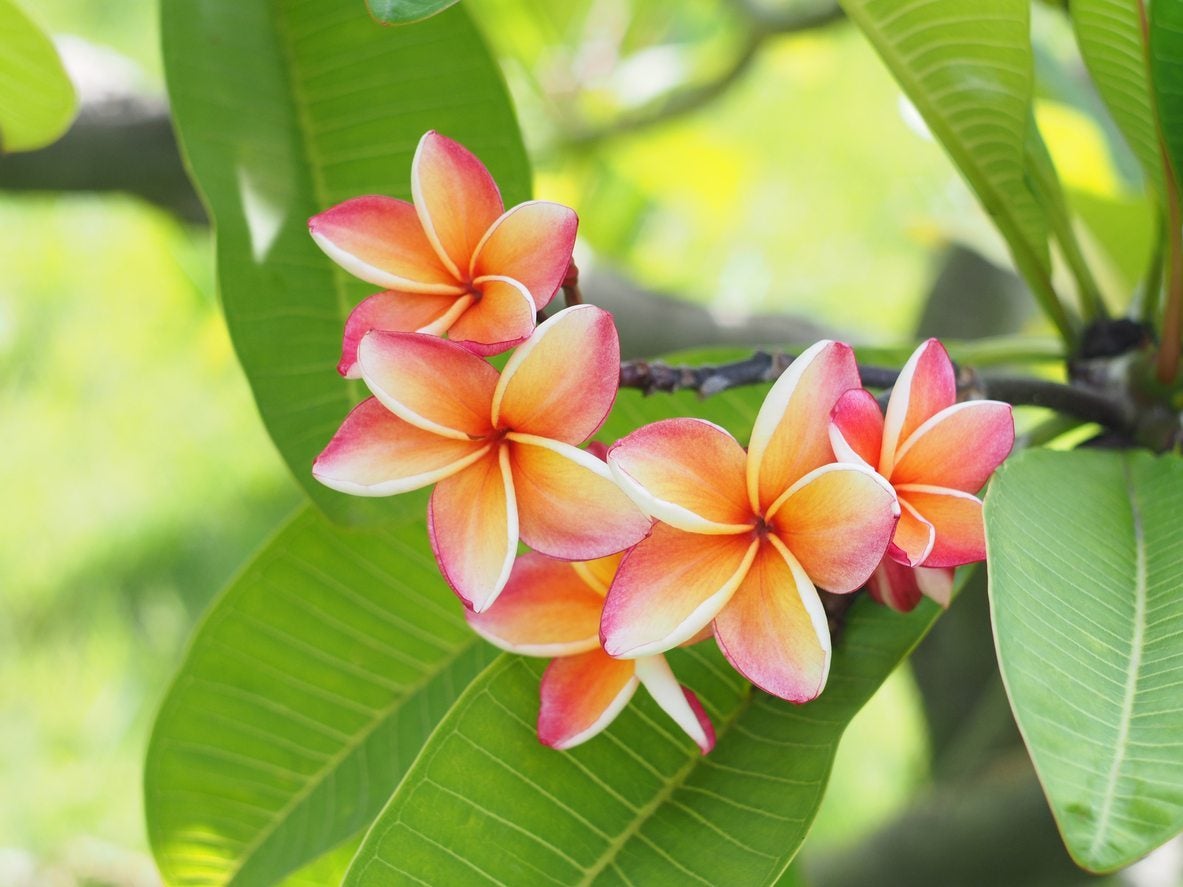

Plumeria, or frangipani, is a fragrant tropical plant that is often used as an ornamental in warm region gardens. Plumeria can develop into large bushes with extensive root systems. Transplanting mature plants may be difficult due to their size and the root mass, but transplanting a plumeria cutting is easy provided you get the soil mixture correct. Knowing when to move a plumeria is also an important aspect. We'll go over some tips on how to transplant plumeria, whether it be cuttings or established plants.
Moving Plumeria Plants
Established plants may suddenly no longer fit where they were growing. If a mature plant needs to be moved, plan a season ahead. At this time, cut around the root mass to sever some of the larger roots–also known as root pruning. This will stimulate new root growth, but roots will be easier to manage the next year when the plant is moved. Moving plumeria plants that are large can take a couple of gardeners. The season after cutting the roots, water the plant well the day before transplant. Spring is when to move a plumeria because the plant is just beginning active growing and it will be less likely to suffer from shock when lifted. Dig around the root zone and lift the plant onto a tarp. Wrap the tarp around the roots to keep moisture in. Prepare the new bed by digging a hole twice as wide and deep as the root mass. Fill the bottom of the hole with loose soil in a cone shape and settle the roots on top of this. Back fill and press soil around the roots. Water the plant in well.
How to Transplant Plumeria Cuttings
Cuttings are the most common method of propagation because they establish quickly and the new plants are true to the parent. If all goes well, new cuttings are ready to transplant in 30 to 45 days. The cutting should have several pairs of true leaves prior to moving. If you are simply moving the plant to a larger container, a nice cactus soil will provide a good growth medium. In-ground planting spaces need to be amended with compost and plenty of grit to keep soil porous. Gently loosen the soil around the cutting and remove it from the pot, being careful not to damage the small roots. Situate the cutting in the container at the same height and depth at which it was growing and fill around with the cactus soil. In-ground plants should be installed in a hole that is twice as deep and wide but then filled to just accommodate the roots. This looser region allows the plant roots to easily spread as they grow.
Care After Transplanting a Plumeria
Once plumeria transplanting is complete, the plant will need to be well watered to settle the soil. Do not water again until soil is dry. Place newly potted cuttings in a sunny location with some protection from the hottest rays of the day. After 30 days, fertilize with 10-50-10 ratio fertilizer. Water this in well. Spread fine bark mulch around the base of the plant to prevent weeds and moisture loss. Cuttings may require staking at the outset. Once rooting has established, the stake may be removed. Larger plants should be pruned the next year after blooming. This will help open the interior, increasing air and minimizing disease and pests. Feed plumeria once annually at the beginning of the growing season. This will encourage the beautiful, scented blooms and healthy, glossy foliage.
Gardening tips, videos, info and more delivered right to your inbox!
Sign up for the Gardening Know How newsletter today and receive a free copy of our e-book "How to Grow Delicious Tomatoes".

Bonnie Grant is a professional landscaper with a Certification in Urban Gardening. She has been gardening and writing for 15 years. A former professional chef, she has a passion for edible landscaping.
-
 Looking For Plants To Give You The Soft And Fuzzies? Try These 5 Fuzzy Leaf Plant Options
Looking For Plants To Give You The Soft And Fuzzies? Try These 5 Fuzzy Leaf Plant OptionsLovers of texture, drama, silver foliage and tactile plants will adore these special sensory garden additions. These fuzzy leaf plant options will leave you all aglow
By Susan Albert
-
 Get Ready For A Summer Of Hummers! Grow These Full Sun Hummingbird Plants and Flowers
Get Ready For A Summer Of Hummers! Grow These Full Sun Hummingbird Plants and FlowersIf you’re lucky enough to enjoy a sunny backyard, make sure you are maxing out on your pollinator opportunities and grow these full sun hummingbird plants and flowers
By Tonya Barnett
-
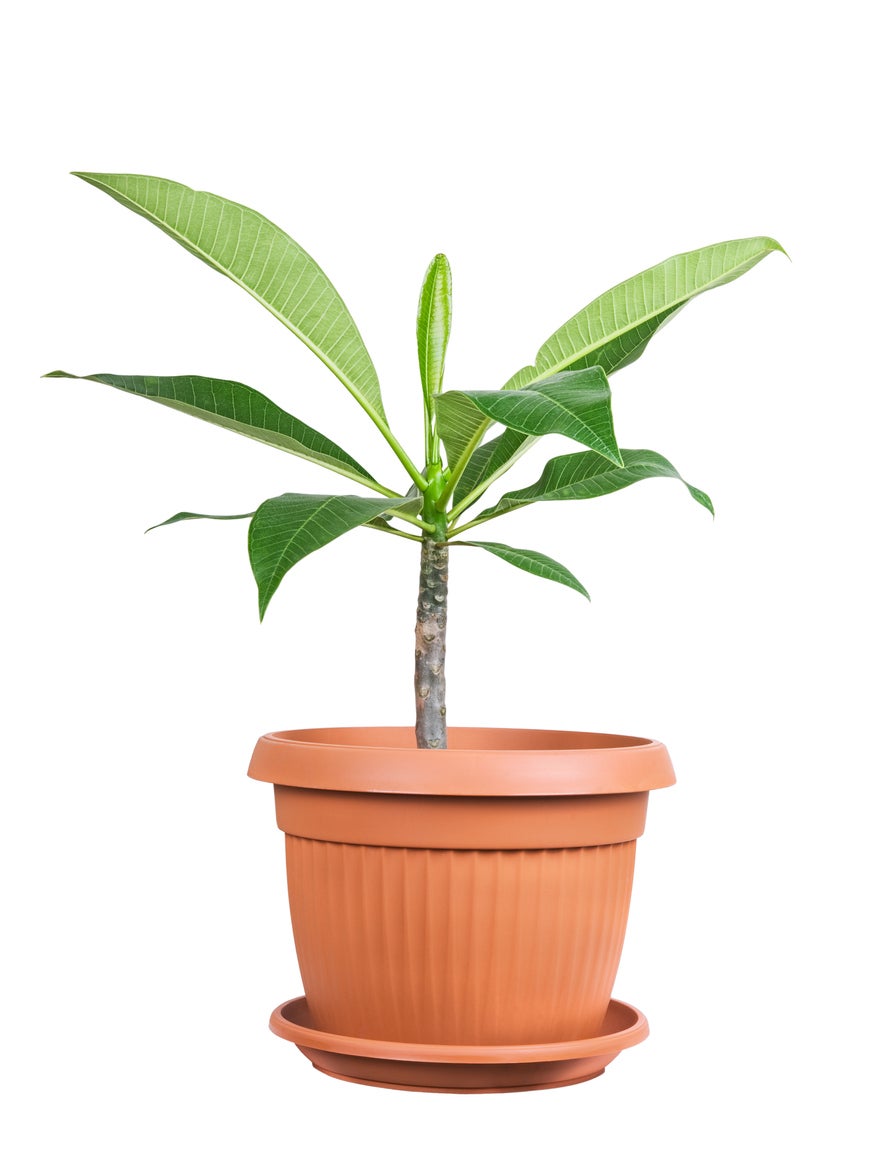 Plumeria Repotting Guide – Tips On When To Repot Plumerias
Plumeria Repotting Guide – Tips On When To Repot PlumeriasGrowing plumeria in a container requires repotting a plumeria yearly, in most cases. This encourages optimum growth and beauty. Plumeria repotting is not complicated, requiring a gentle touch and clean pruners. Take a look at the specifics in this article.
By Becca Badgett
-
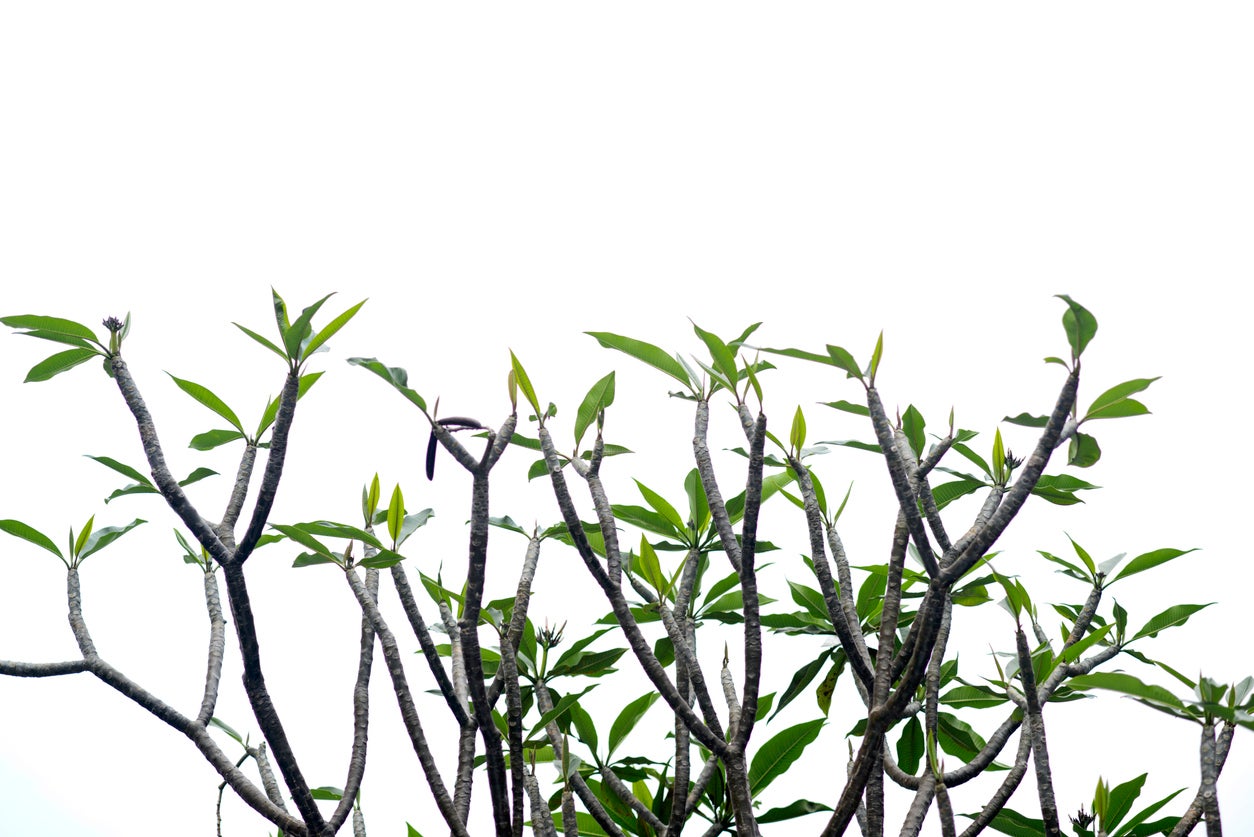 Making A Plumeria Branch: How To Encourage Plumeria Branching
Making A Plumeria Branch: How To Encourage Plumeria BranchingAlthough plumerias are surprisingly easy to grow, they can become lopsided or spindly. If your goal is to encourage plumeria branching, thus creating a fuller, balanced plant with more blooms, pruning is the way to go. Learn how to get plumeria to branch in this article.
By Mary H. Dyer
-
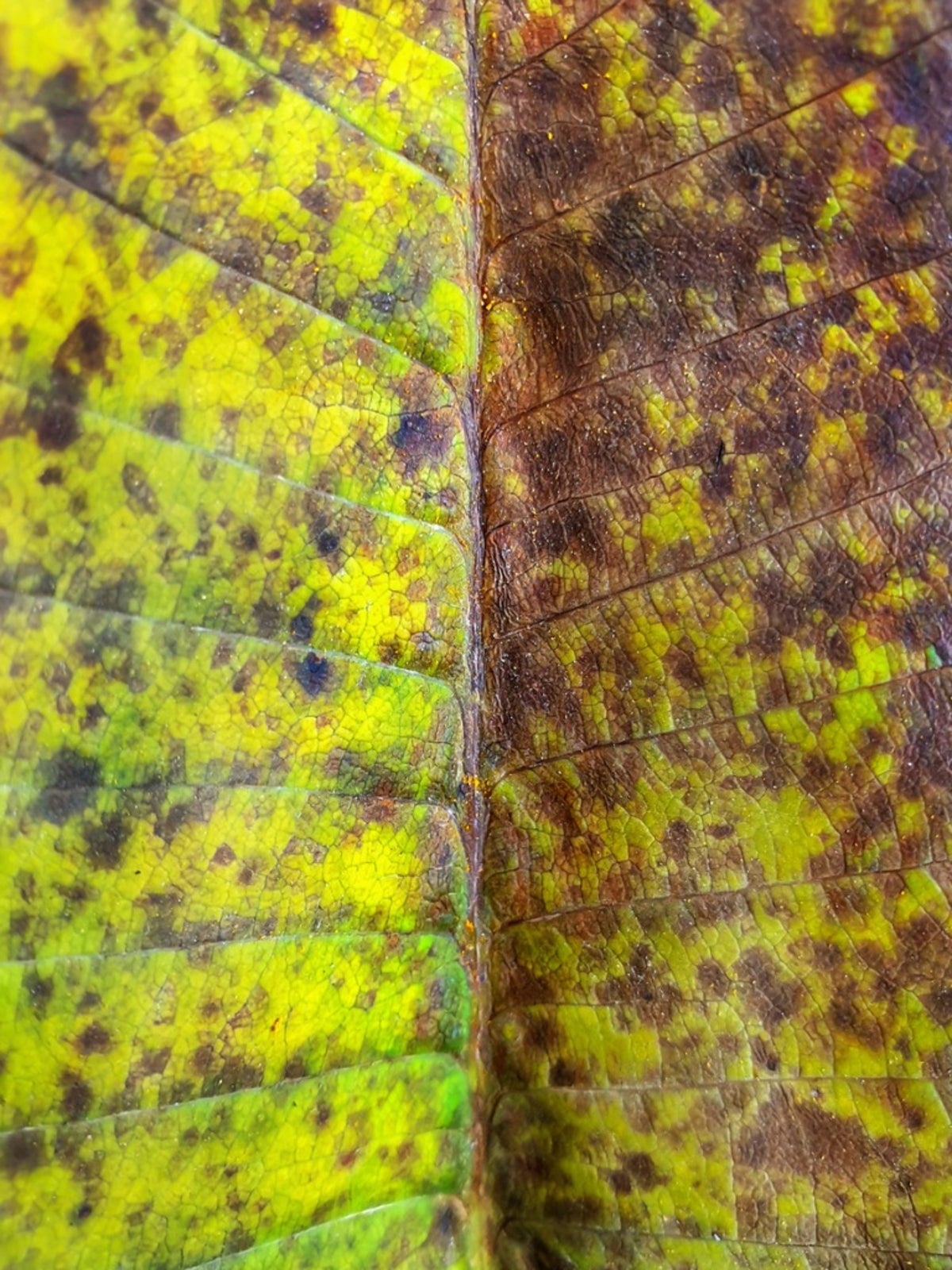 Plumeria Rust Fungus: How To Treat Plumeria Plants With Rust Fungus
Plumeria Rust Fungus: How To Treat Plumeria Plants With Rust FungusAlthough fungal diseases can happen anywhere, warm, humid tropical regions are especially favorable for fungal growth. Plumeria rust fungus is a disease that is specific to plumeria. Learn more about rust on plumeria plants in this article.
By Darcy Larum
-
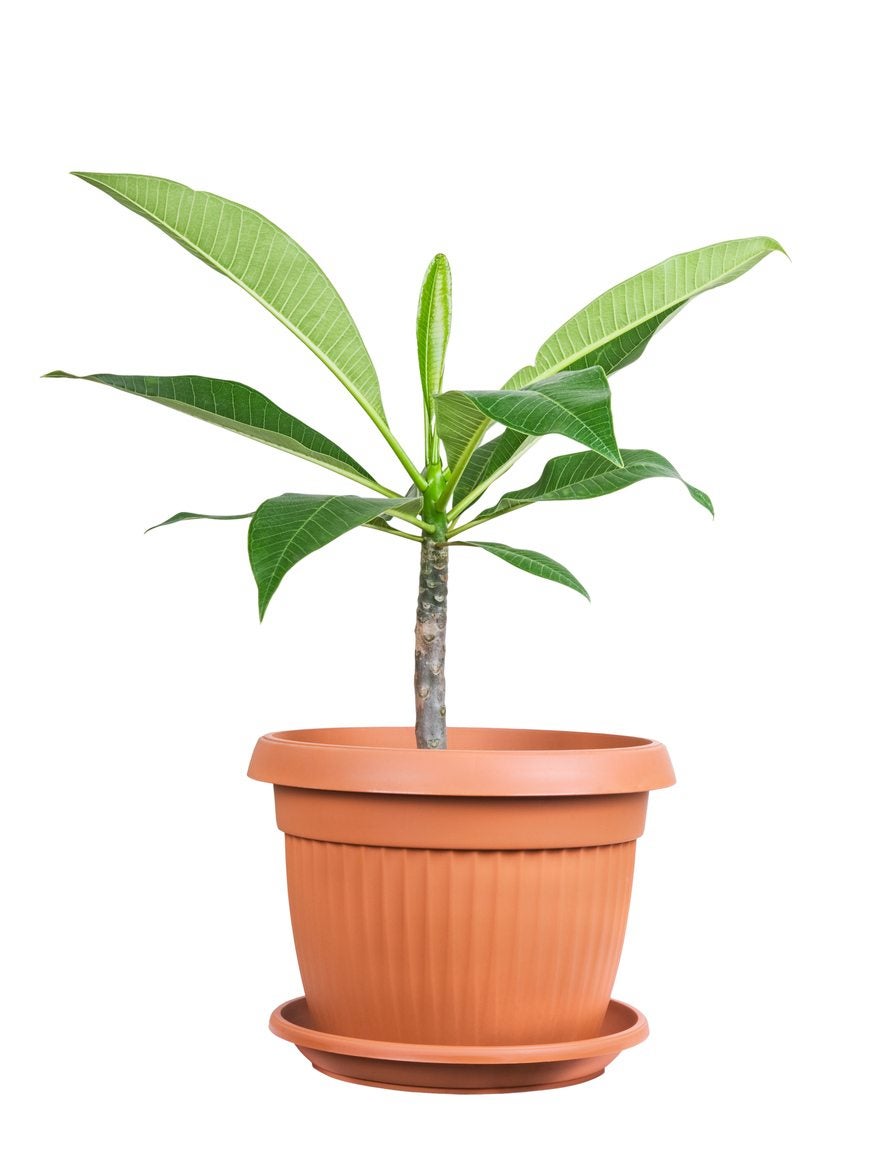 Indoor Plumeria Care – How To Grow Plumeria Plants Indoors
Indoor Plumeria Care – How To Grow Plumeria Plants IndoorsYou want to grow plumeria at home but feel geographically disadvantaged because you don?t live in the right planting zone (zone 9-11). But can you grow plumeria inside? What is required for indoor plumeria care? Click this article on to learn more.
By Shelley Pierce
-
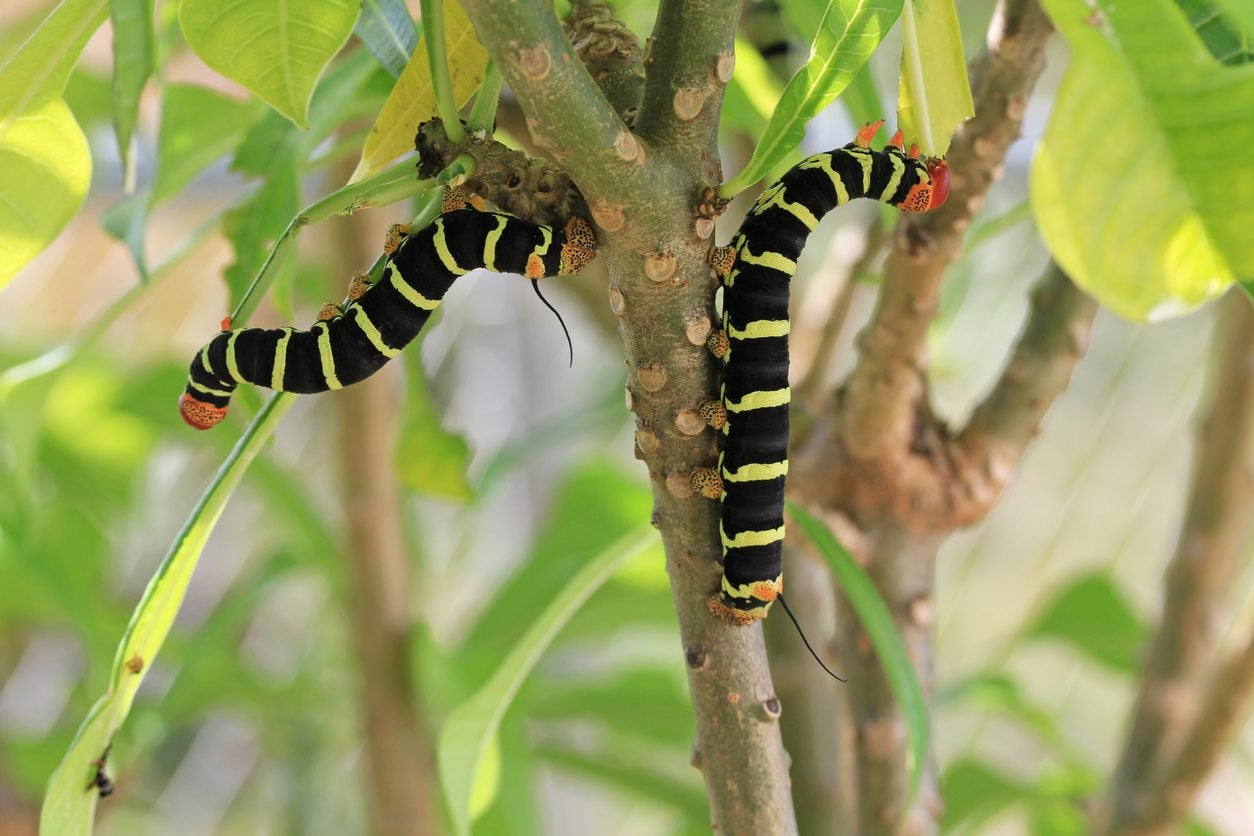 Plumeria Pest Problems – Learn About Pest Control For Plumerias
Plumeria Pest Problems – Learn About Pest Control For PlumeriasPlumerias are colorful and rewarding garden or patio plants. As with any plant, especially when it is stressed, you may have plumeria pest problems. On a positive note, common plumeria pests can be controlled with simple or organic treatments. Learn more here.
By Gardening Know How
-
 Plumeria Cutting Propagation – How To Grow Plumeria Cuttings
Plumeria Cutting Propagation – How To Grow Plumeria CuttingsPlumeria is a tropical and subtropical flowering plant that's very popular for its fragrance and for its use in making leis. Plumeria can be grown from seed, but it can also be propagated extremely well from cuttings. This article can help with that.
By Liz Baessler
-
 Plumeria Bud Drop: Why Are Plumeria Flowers Dropping
Plumeria Bud Drop: Why Are Plumeria Flowers DroppingIt can be upsetting to see plumeria flowers falling off or buds dropping before they open. This article provides information about plumeria flower drop and other problems with plumeria. Click here to find out why flower drop occurs and how to fix them.
By Teo Spengler
-
 Seed Pods On Plumeria – When And How To Harvest Plumeria Seeds
Seed Pods On Plumeria – When And How To Harvest Plumeria SeedsSome plumeria are sterile but other varieties will produce seed pods that look similar to green beans. These seed pods will split open, dispersing 20-100 seeds. Click here to learn about harvesting plumeria seed pods to grow new plants.
By Darcy Larum